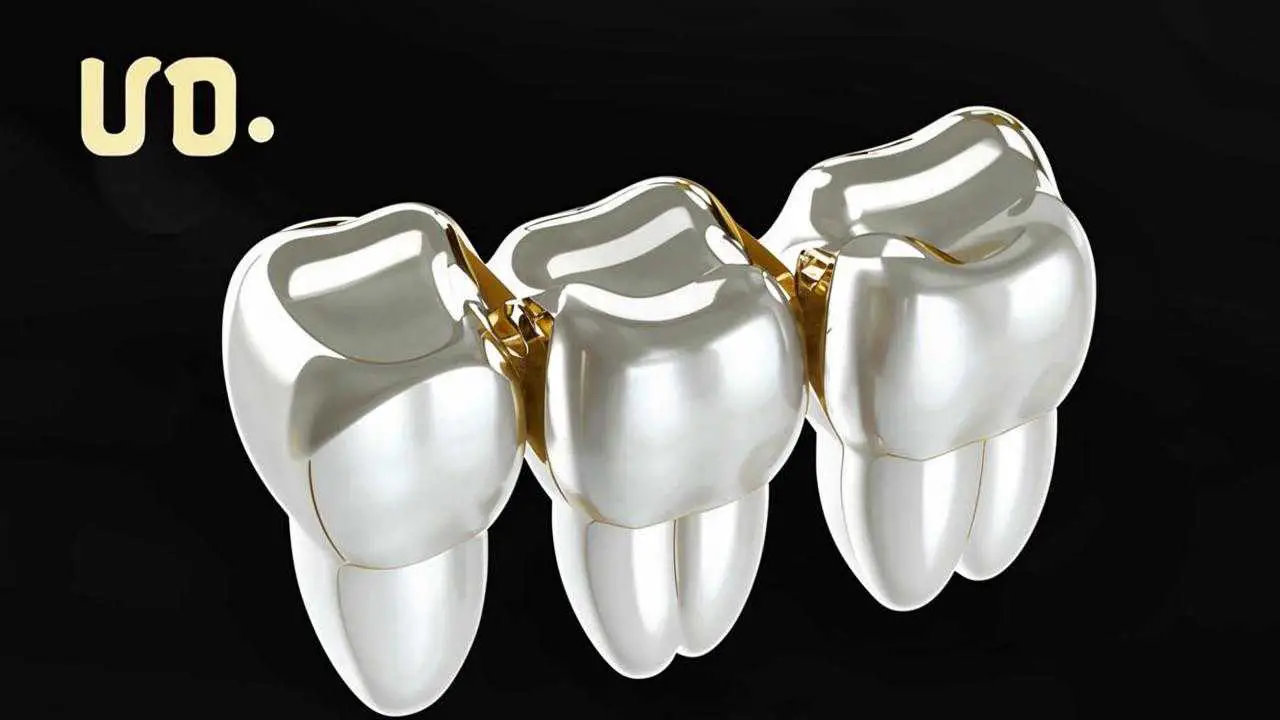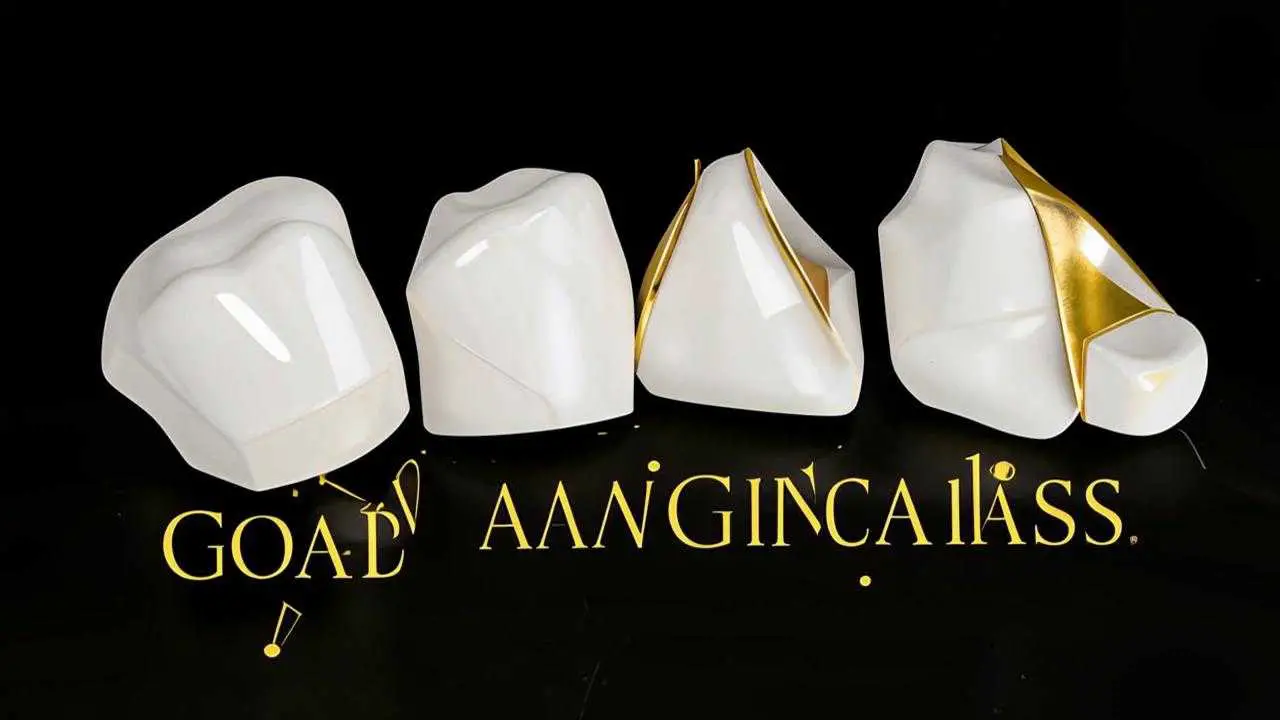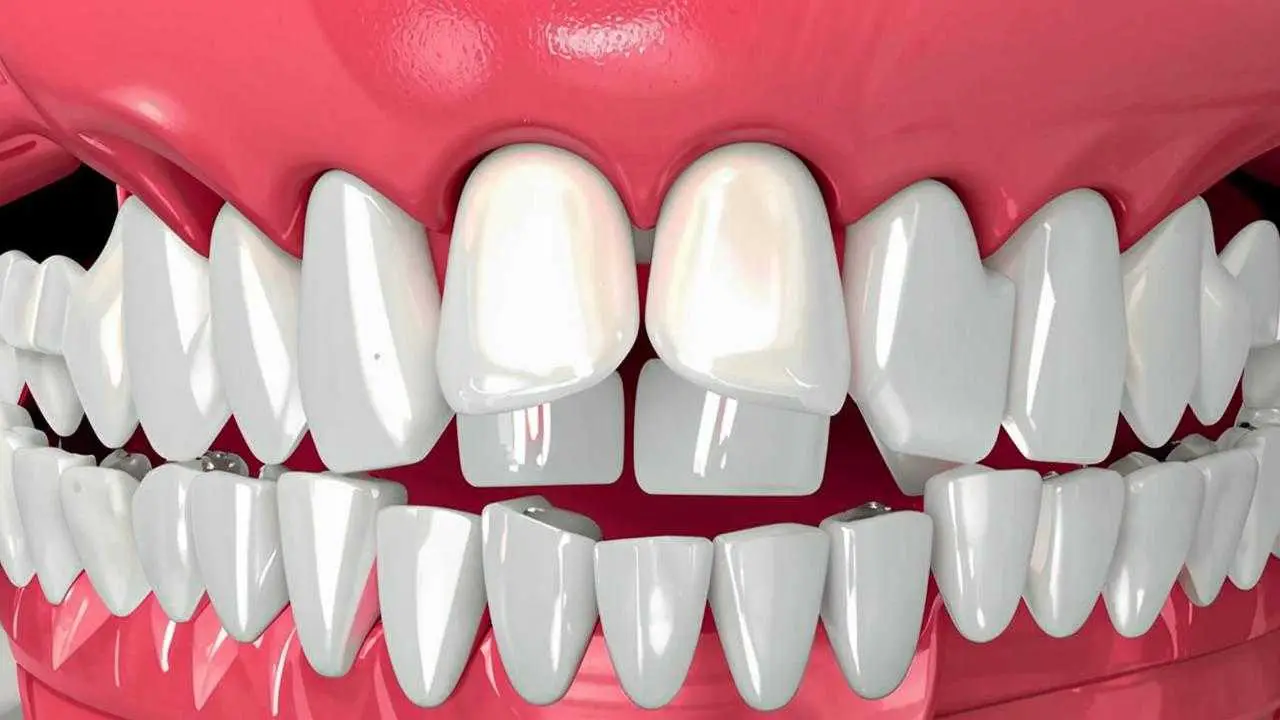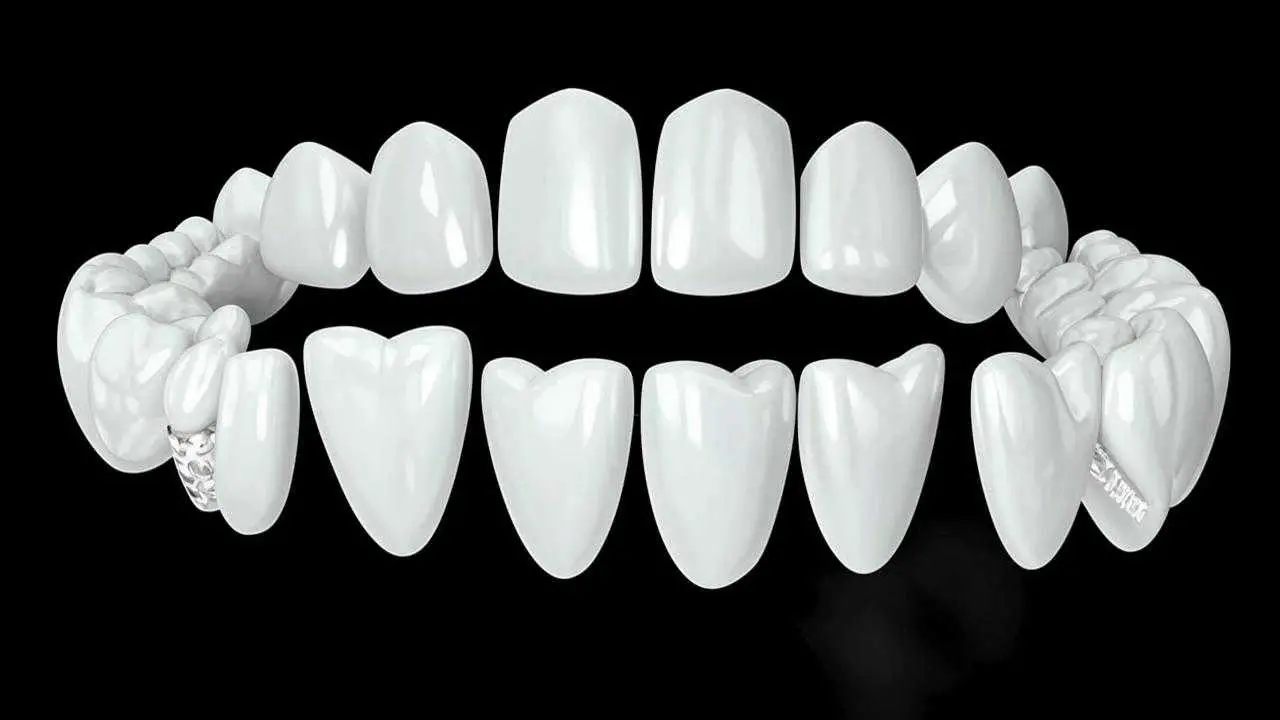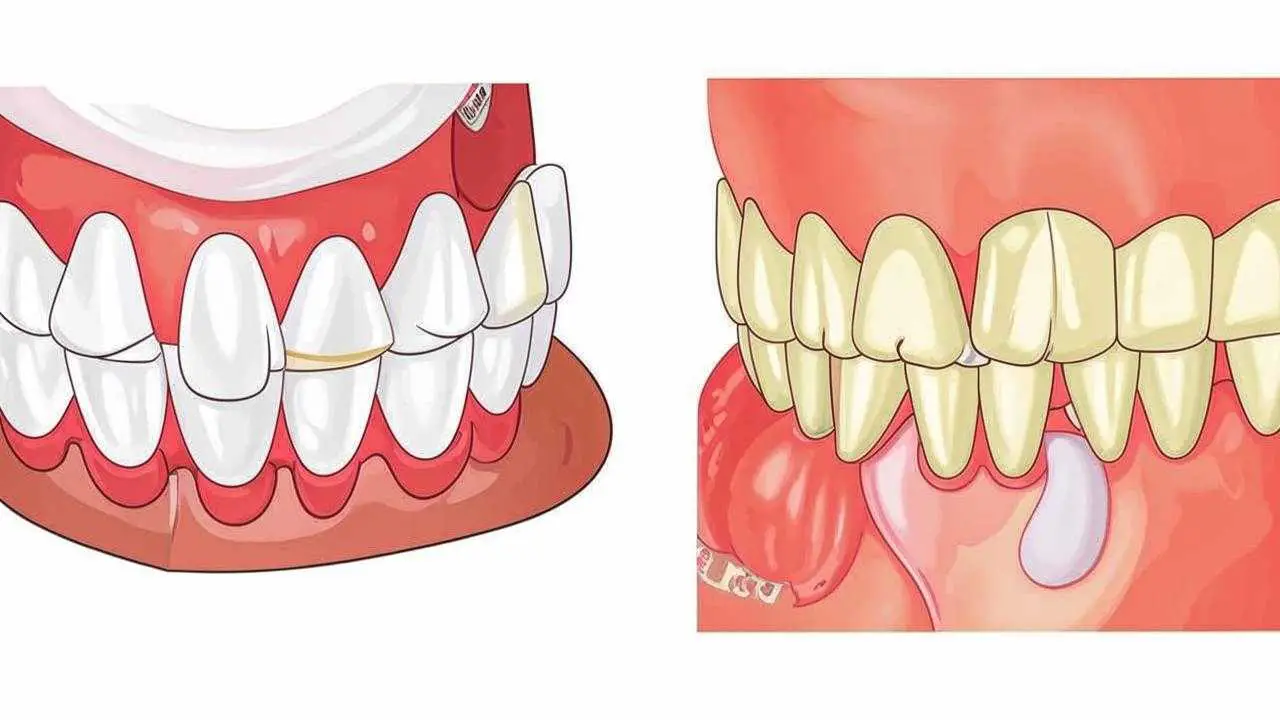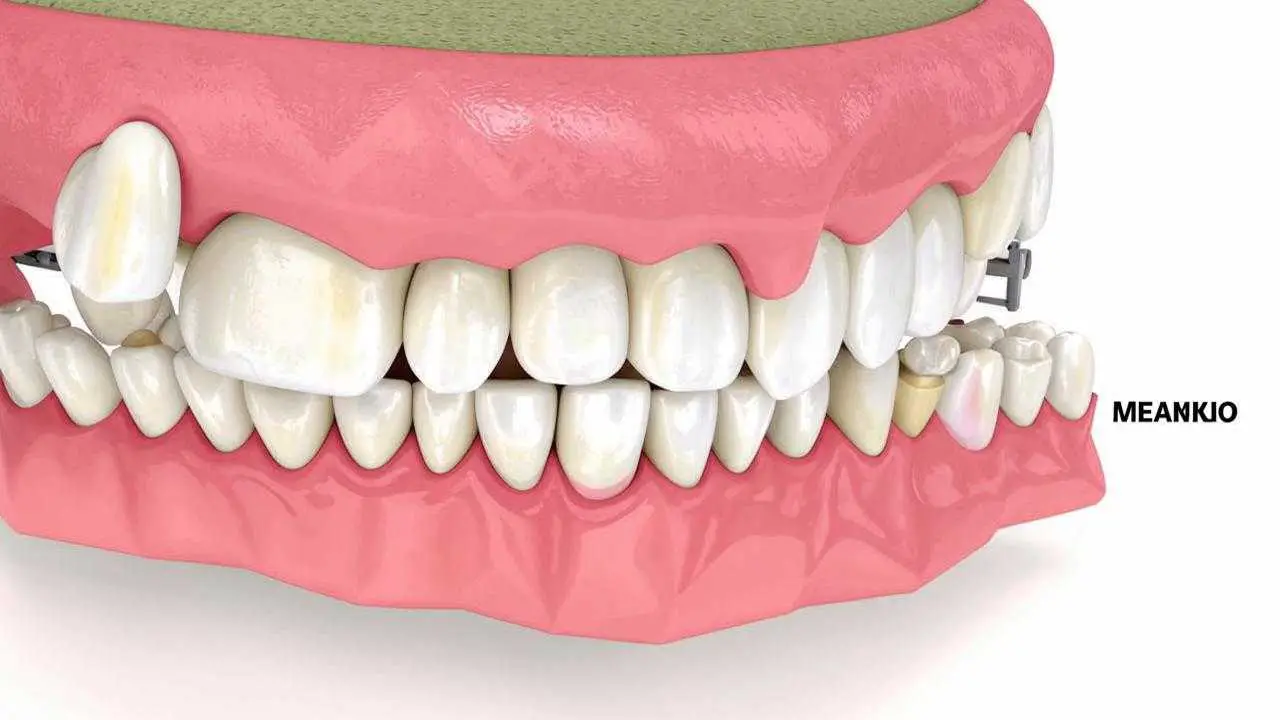When the need for prosthetic teeth arises, the question arises – which crowns are better to put. Modern dentistry offers various options for dental crowns. They differ in material and purpose, manufacturing technology. Each type has its pros and cons, each is recommended for certain indications.
What are the types of crowns
A crown is a prosthesis for a tooth. Its main purpose is not only to imitate a healthy tooth, but also to preserve the one under it, to fully perform the chewing function, biting, if the installation is planned for the front teeth, to restore aesthetics, to return a beautiful smile. Again, relevant if it concerns the frontal zone.
What crowns are better to choose? First it is worth considering their types. According to the materials, they are divided into:
- metal;
- metal-ceramic;
- all-ceramic;
- metal-plastic;
- zirconium.
In each of the above types of dental crowns, there is also a variation.
Metal crowns. Cobalt-chromium alloy or nickel-chromium – the most budget-friendly option for prosthetics. But they are used less and less often. Such crowns can cause an allergic reaction, which the dentist immediately warns before installing. During use, the patient feels an unpleasant, metallic taste in the mouth. Also a significant disadvantage is the lack of aesthetics.
Crowns made of precious metals: gold, silver, platinum, titanium. Metal crowns are more often solid-cast. Using a variation of alloys from them try to achieve the best biocompatibility, which they have. Reliable, durable, but lack aesthetics. If they will be the basis for metal-ceramics, followed by the application of ceramic mass, the issue of similarity with natural teeth becomes irrelevant. The result is a very natural-looking prosthesis that will serve faithfully for years.
The metal-ceramic type of crown is still the most popular and frequently used. Ceramic is applied to the metal framework layer by layer. In some dental laboratories, they are made with the help of 3D modeling. The patient often makes this choice based on the average price and guaranteed quality. The method of prosthetics with metal-ceramics is used so often and has been used for many years that the technology is perfected and absolutely predictable.
The all-ceramic prosthesis is manufactured in several ways: ceramic firing using a refractory mold, pressure pressing (E-max), CAD/CAM milling. Porcelain is an inert and safe material, ceramic dentures are always a good visual match to natural teeth. It has the same transparency. Metal-free crowns can be confidently placed on the frontal group of teeth.
Metal-plastic or plastic crowns are placed for the time when a permanent structure is made or time is needed for healing after implantation.
Zirconium (zirconium dioxide) is a good choice in all respects. Best types of dental crowns. Using CAD/CAM computer modeling on fully automated equipment, a crown is created from a monolithic material with a high-precision milling machine. Aesthetic, reliable, wear-resistant, hypoallergenic.
Whether it will be placed on the tooth or crowns on implants, or it will be a part of the bridge prosthesis structure imitating the missing element of the tooth row, affects what crowns to choose.
In implantation crowns are placed on the artificial tooth, on its upper part – the abutment. And the following types of dental crowns are preferred: ceramic, metal-ceramic, zirconium.
Which crowns are suitable for chewing teeth
Crowns for chewing teeth should have an important property – durability. It is on the distant elements, the molars, that the main load falls. Therefore, the reliability, durability of the prosthesis for the important chewing function is the main criterion for choosing which crowns on the teeth is better to put.
- metal. The cheapest option (if it is not gold and alloy of noble metals). Low aesthetics, but reliability with a limited budget – an acceptable solution for chewing teeth. One should not forget about metal allergies of some sensitive patients. Then it is worth thinking about another choice.
- metal-ceramic. A popular solution to the question of what crown to put on chewing teeth at a price-quality ratio. Indeed. The metal base is strong, suitable for loads, and the ceramic layer does not distinguish dentures from other teeth. From the minuses – possible allergic reactions to metal, blueness in places of contact with gum tissue. The way out is inert metals for the framework. But this increases the cost of the metal-ceramic crown.
- ceramic. Classic ceramics is not suitable for heavy chewing load. But E-max crowns made of pressed ceramic are successfully placed on molars. With these porcelain teeth you can smile very broadly. The crowns perfectly imitate the neighboring teeth.
- Zirconia. The best choice to put crowns on chewing teeth is made of zirconium dioxide. This is due to their excellent durability and aesthetics. For molars, back teeth use monolithic prostheses that can withstand a heavy load for many years.
Which crowns are better to choose for front teeth
On the front teeth it is necessary to choose crowns with the highest aesthetic index. They should not differ from the rest of the frontal row. The load, of course, is not the same as on the chewing teeth, but biting food with incisors implies a margin of safety.
- Ceramic. The amazing property of absorbing light, not reflecting it from the surface, the transparency of porcelain makes the imitation of a natural tooth excellent.
- zirconia. Are on par with ceramic in terms of aesthetics, but have greater durability. For frontal teeth it is worth considering to put these crowns, if there is a financial possibility.
- metal-ceramic. This is the answer to the question of what kind of crown to put on the front teeth inexpensively. In this case, you should take into account the possibility of blueness in the area of contact between the gum and the metal base of the prosthesis. To avoid this, the installation of a metal-ceramic crown with a shoulder mass is done. The tooth is ground a little more, with a ledge. And more area is covered with ceramic. To solve this problem, you can use noble inert metal alloys for the framework of the crown. All this increases the price of prosthetics.
Metal-ceramics can show through the gum, which is undesirable for the frontal group of teeth
Table comparing crowns made of different materials:
| Aesthetics | Durability | Service life | Cost | Notes | |
| Dental metal (cobalt-chromium, etc.) | low | high | long | low | Possible allergies, bruising of the gingiva |
| Noble metals (gold, etc.) | low | high | long | high | possible allergies, “blueness” of the gingiva (solved by using noble metals in the base) |
| Metal-ceramics | above average | medium | medium | average | |
| Ceramic | high | medium | medium | high | |
| Zirconium dioxide | high | high | long | high | |
| Metal plastic | medium | low | short | low | for temporary purposes |
How to choose a clinic for crown prosthetics
To choose which crowns are better to put will help only experienced specialists, in a dental clinic that has proven itself from the best side. This can be seen from reviews, recommendations of acquaintances. If the clinic has its own dental laboratory, it only increases loyalty to it. The dialog between the dentist and dental technician takes place directly on the spot, in the same language. This increases the likelihood of a quality prosthesis.
If you are thinking about how to choose a clinic for prosthetics with crowns, pay attention to :
- licenses of the clinic and doctors;
- a broad list of services;
- modern equipment;
- cleanliness and sterility;
- reviews.
Take advantage of a free consultation. This way you can evaluate the approach to patients, the plan of work for prosthetics and your personal feelings.
